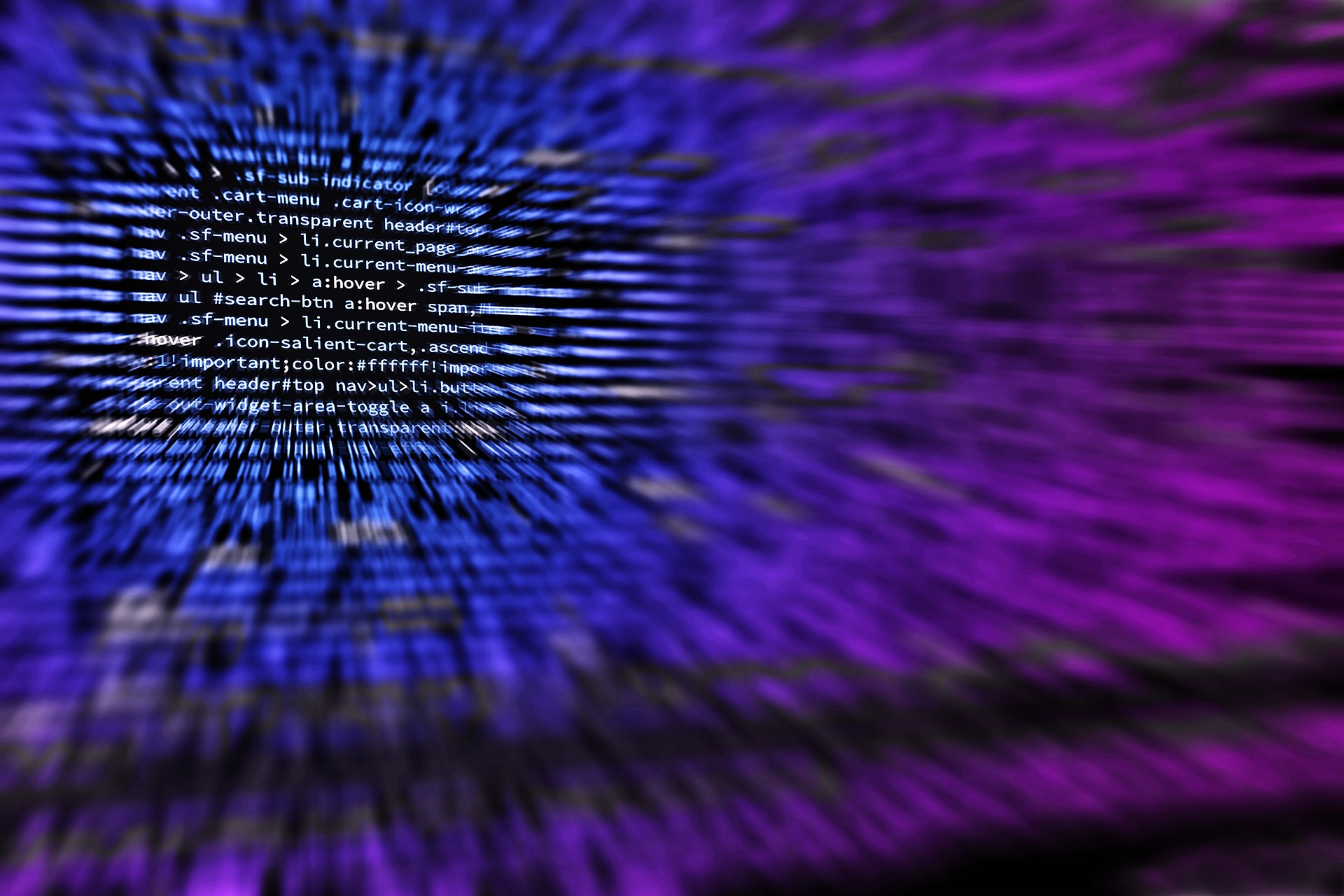Descriptor in Python have two types and both of them help in defining different elements. You can easily learn about this module through this guide.
Simple descriptor
There are two different types of descriptors. Data descriptors are defined as objects that define both a get() and a set() method, whereas non-data descriptors only define a get() method. This distinction is important when considering overrides and the namespace of an instance’s dictionary. If a data descriptor and an entry in an instance’s dictionary share the same name, the data descriptor will take precedence. However, if instead a non-data descriptor and an entry in an instance’s dictionary share the same name, the instance dictionary’s entry will take precedence.
To make a read-only data descriptor, define both get() and set() with the set() raising an AttributeError when called.
Defining the set() method with an exception raising placeholder is enough to make it a data descriptor.
descr.get(self, obj, type=None) --> value
descr.set(self, obj, value) --> None
descr.delete(self, obj) --> None
An implemented example:
class DescPrinter(object):
"""A data descriptor that logs activity."""
_val = 7
def get(self, obj, objtype=None):
print('Getting …')
return self._val
def set(self, obj, val):
print('Setting', val)
self._val = val
def delete(self, obj):
print('Deleting …')
del self._val
class Foo():
x = DescPrinter()
i = Foo()
i.x
Getting …
7
i.x = 100
Setting 100 i.x
Getting …
100
del i.x
Deleting …
i.x
Getting …
7
Descriptor in Python: Two-way conversions
Descriptor objects can allow related object attributes to react to changes automatically.
Suppose we want to model an oscillator with a given frequency (in Hertz) and period (in seconds). When we update the frequency we want the period to update, and when we update the period we want the frequency to update:
oscillator = Oscillator(freq=100.0) # Set frequency to 100.0 Hz
oscillator.period # Period is 1 / frequency, i.e. 0.01 seconds
0.01
oscillator.period = 0.02 # Set period to 0.02 seconds
oscillator.freq # The frequency is automatically adjusted
50.0
oscillator.freq = 200.0 # Set the frequency to 200.0 Hz
oscillator.period # The period is automatically adjusted 0.005
We pick one of the values (frequency, in Hertz) as the “anchor,” i.e. the one that can be set with no conversion, and write a descriptor class for it:
class Hertz(object):
def get(self, instance, owner):
return self.value
def set(self, instance, value):
self.value = float(value)
The “other” value (period, in seconds) is defined in terms of the anchor. We write a descriptor class that does our conversions:
class Second(object):
def get(self, instance, owner):
When reading period, convert from frequency return 1 / instance.freq
def set(self, instance, value):
When setting period, update the frequency instance.freq = 1 / float(value)
Now we can write the Oscillator class:
class Oscillator(object):
period = Second() # Set the other value as a class attribute
def init(self, freq):
self.freq = Hertz() # Set the anchor value as an instance attribute
self.freq = freq # Assign the passed value - self.period will be adjusted
Learn More about Descriptor in Python and other modules

